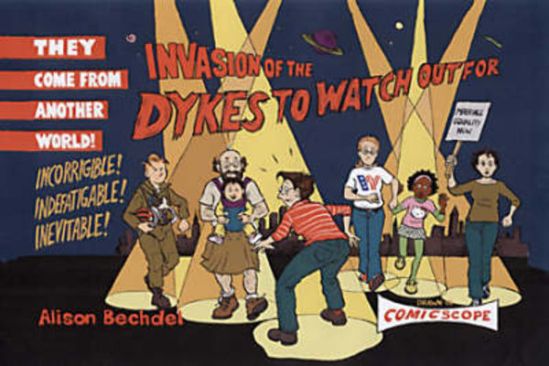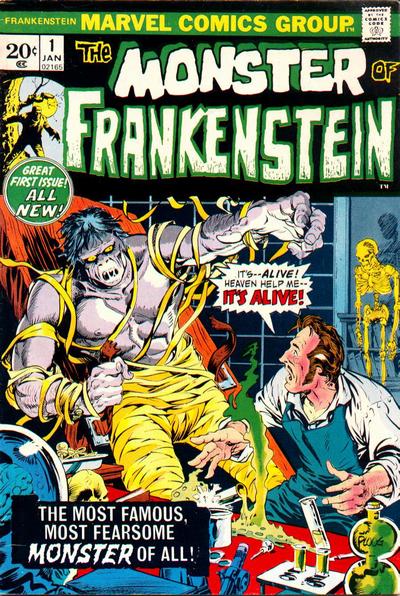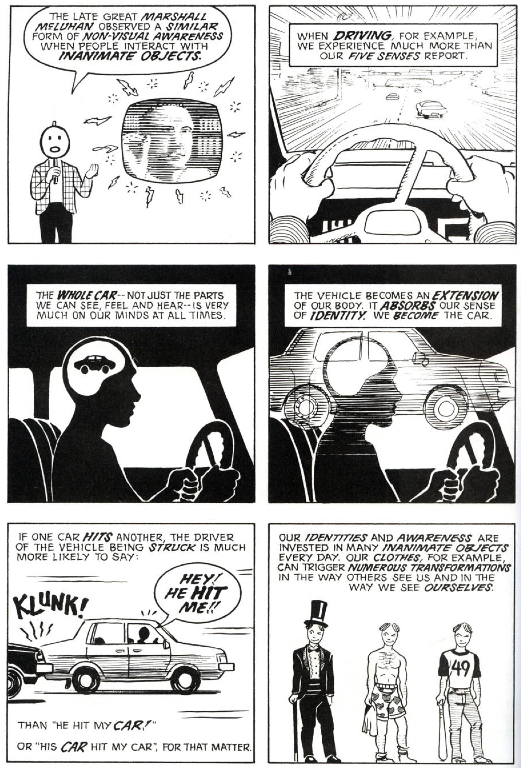Here is the abstract for Daniel Stein’s talk at the Illustration, Comics, and Animation Conference at Dartmouth College (April 19 – 21, 2013):
Animating Batman: Serial Storytelling, Cartoon Animation, and the Multiplicities of Contemporary Superhero Comics
Daniel Stein
Comics and films scholars have devoted much time to the phenomenon of the Hollywood superhero blockbuster, developing sophisticated theories of media transposition and comic book adaptation. They have paid much less attention to a related and equally significant phenomenon: the animated superhero cartoon, most often produced for television. This may come as a surprise since animated versions of Superman (1941) and Spider-Man (1967) appeared rather early in the history of the superhero genre and have contributed to its evolution at least as much as the film serials of the 1940s (Batman: 1943 and 1949; Captain America: 1944), live action television series (Superman: 1952; Batman: 1966; Spider-Man: 1977), and the Hollywood blockbusters that followed the first Superman movie (1978).
This paper addresses two sets of questions that are vital to our understanding of superhero comics and their place in twenty-first-century media culture. First: How can we describe the transposition from sequential comic book narrative to the animated images of the television narrative? Are we dealing with different “visual ontologies” (Lefèvre)? And how does the change from multimodal storytelling in print to multimedial storytelling in film impact the representation? Second: If serial genres such as superhero comics produce various mechanisms to manage the multiplicities of proliferating “vast narratives” (Harrigan/Wardrip-Fruin), we must explain how new media impact the development of the genre. How does the “animated universe” (Brooker) of specific superheroes relate to their comic book continuities and canonicity? The paper analyzes animated Batman cartoons of the last twenty years: from television series such as Batman: The Animated Series (1992-1995), The New Batman Adventures (1997-1999), Batman Beyond (1999-2001), and Batman: The Brave and the Bold (2008-2011) to animated movie adaptations of canonical graphic novels such as Batman: Under the Red Hood (2010) Batman: Year One (2011), Batman: The Dark Knight Returns (2012).










